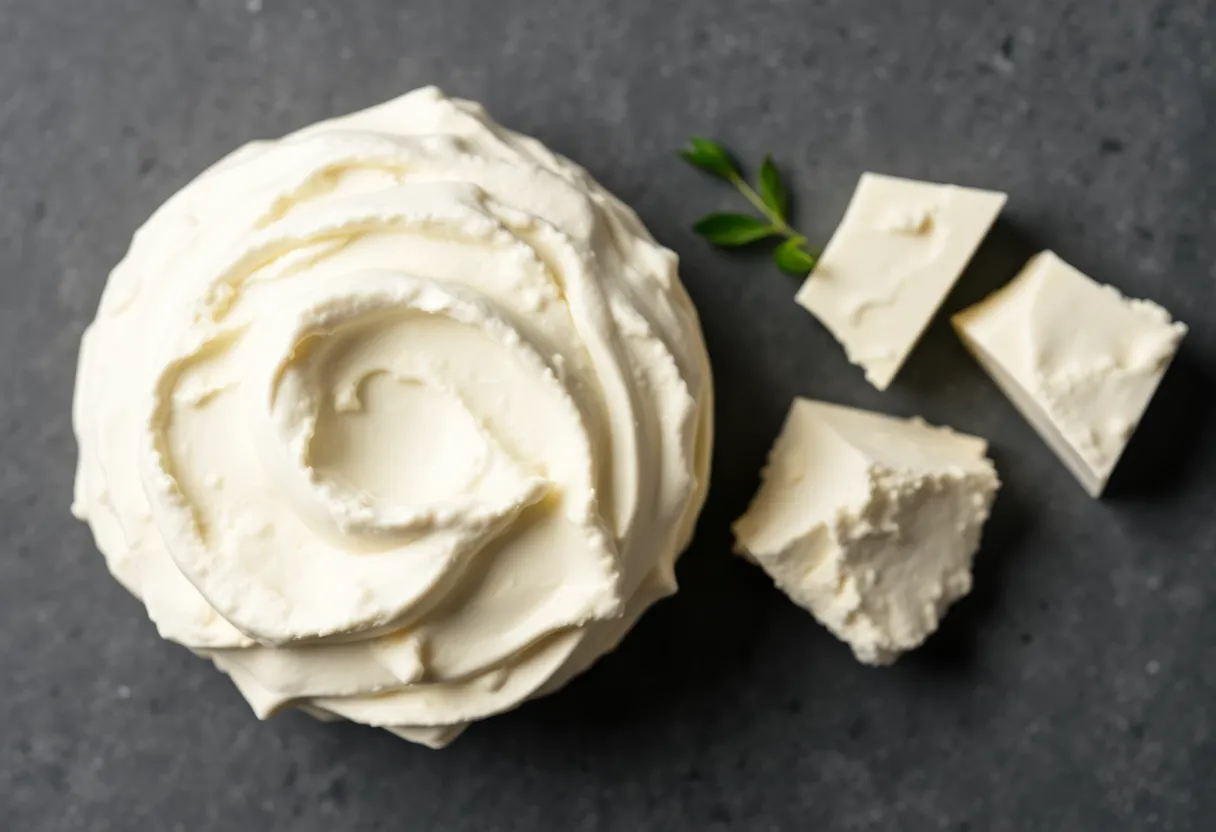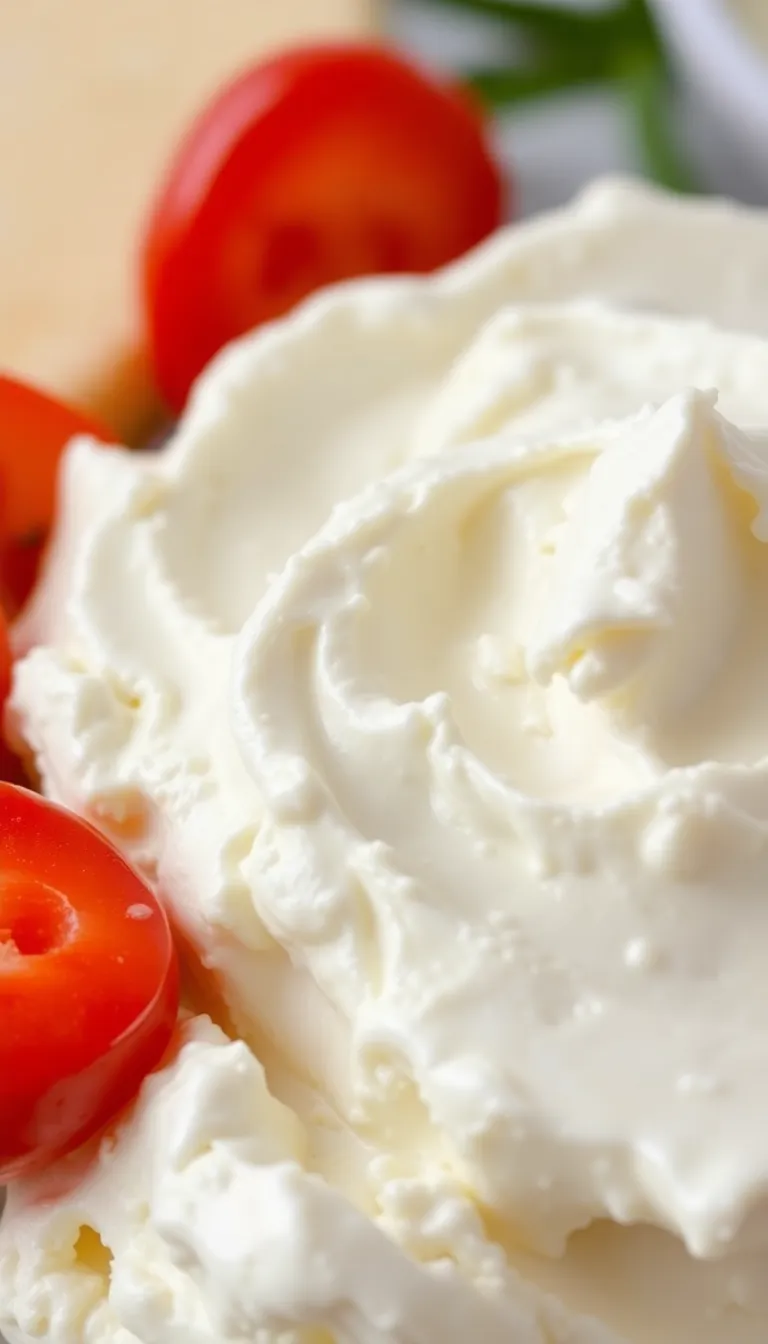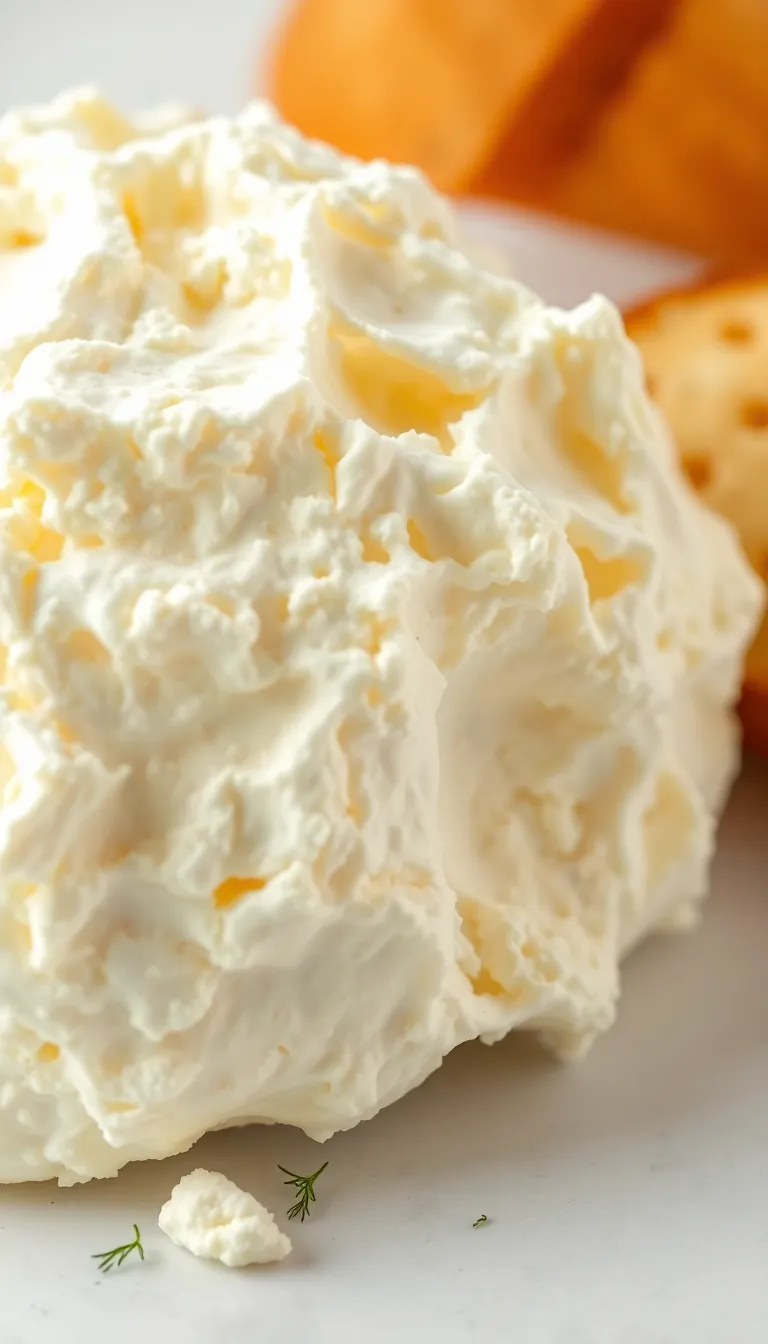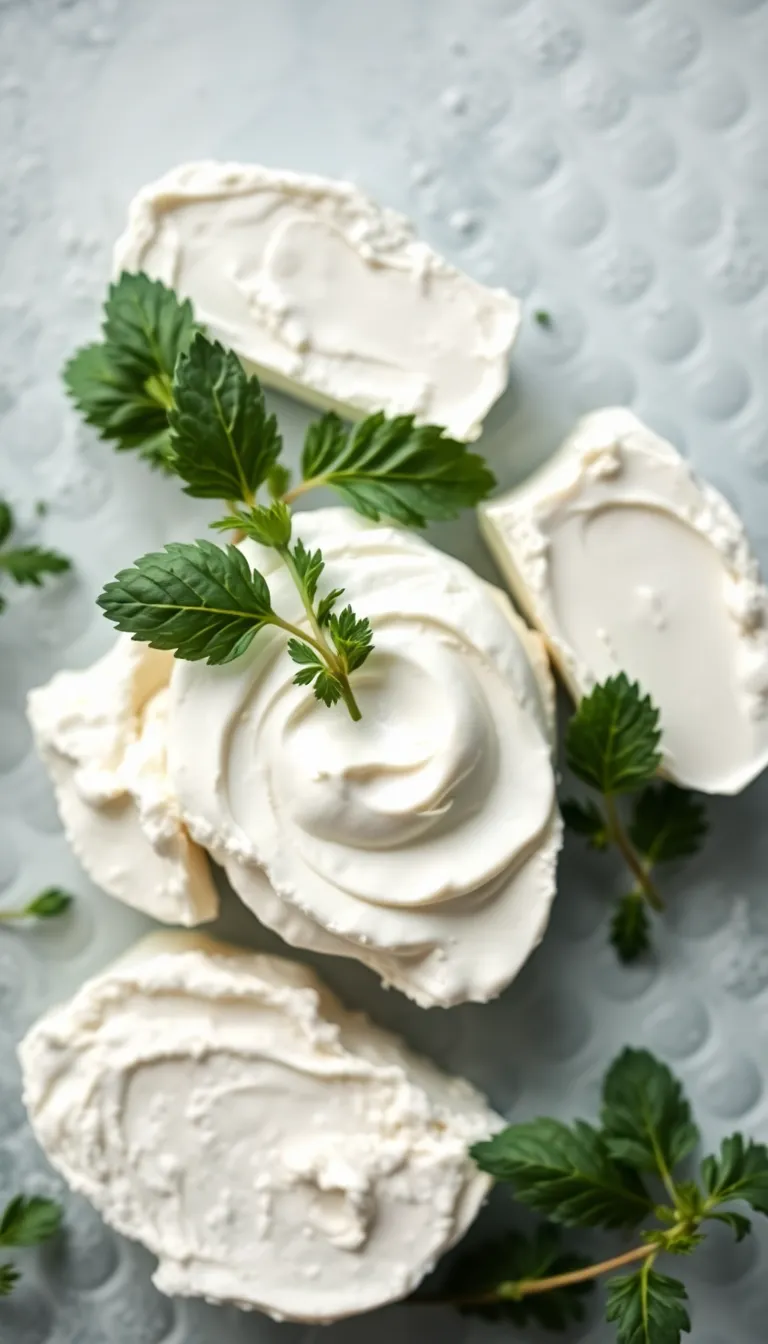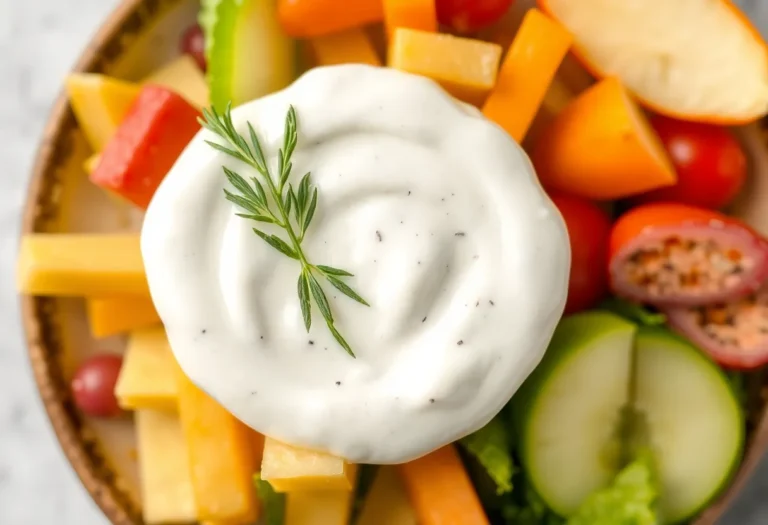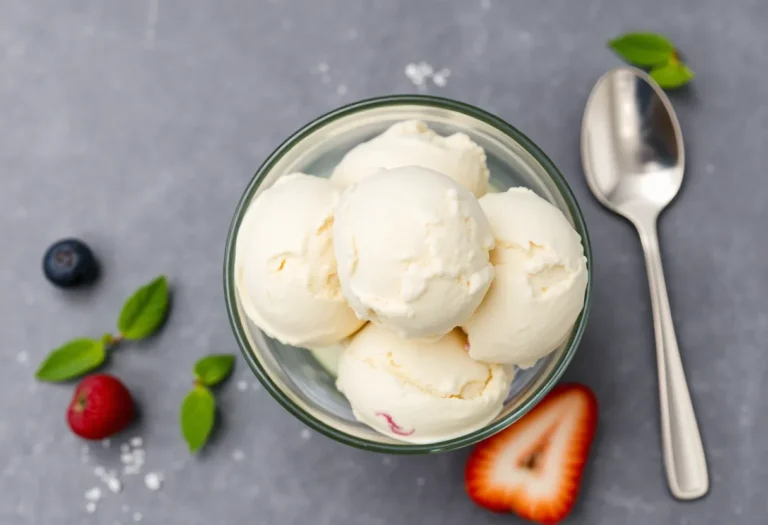Forget Store-Bought: Homemade Cream Cheese Is Stupidly Easy (And Better)
Store-bought cream cheese is fine—if you enjoy paying for air, stabilizers, and disappointment. Why settle for a sad, rubbery brick when you can make your own in less time than it takes to binge two TikTok videos? Homemade cream cheese is richer, fresher, and customizable.
Plus, you’ll feel like a dairy wizard. No fancy equipment, no weird ingredients, just pure, spreadable glory. Ready to outshine every bagel shop in a 10-mile radius?
Why This Recipe Slaps
Most cream cheese recipes either demand a PhD in fermentation or taste like sour milk.
This one? Four ingredients, zero patience required, and a texture so smooth it’ll make you question every life choice that led you to the supermarket tub. It’s cheaper, too—unless you factor in the inevitable ego boost from impressing your friends.
Ingredients You’ll Need
- 4 cups whole milk (non-negotiable—skim milk is for people who enjoy sadness)
- 1 cup heavy cream (because richness matters)
- 3 tbsp lemon juice or white vinegar (the magic curdle-makers)
- ½ tsp salt (unless you’re into blandness)
Step-by-Step Instructions
- Heat the dairy. Pour milk and cream into a pot. Warm it over medium heat until it hits 180°F (82°C).
Stir occasionally so it doesn’t scorch. (Burnt milk smells like regret.)
- Acid attack. Remove from heat, add lemon juice or vinegar, and stir gently. Watch the curds and whey separate like a bad breakup. Let it sit for 10 minutes.
- Strain it. Line a colander with cheesecloth (or a clean dish towel in a pinch) and pour the mixture in.
Let it drain for 1–2 hours for soft cheese, or overnight for thicker spreadability.
- Season and blend. Scrape the curds into a bowl, add salt, and whip with a fork or mixer until smooth. Taste. Adjust salt.
Congratulate yourself.
How to Store Your Cheese Like a Pro
Store it in an airtight container in the fridge for up to 2 weeks. If it lasts that long. For longer storage, freeze it (texture may get slightly grainy, but it’s still great for cooking).
Pro tip: Label it so your roommate doesn’t mistake it for leftover frosting.
Why Homemade Cream Cheese Is a Game-Changer
No weird additives—just pure dairy goodness. It’s cheaper than premium store brands, and you control the thickness, saltiness, and flavor (garlic herb? honey walnut? sky’s the limit). Plus, it’s ridiculously satisfying to make.
Take that, Big Cream Cheese.
Common Mistakes to Avoid
- Using ultra-pasteurized milk. It won’t curdle properly. Check the label—regular pasteurized is your friend.
- Overheating the milk. Burnt milk = bitter cheese. Use a thermometer or watch for steam and tiny bubbles.
- Skipping the salt. Cream cheese without salt tastes like a missed opportunity.
Don’t do it.
Alternatives for the Adventurous
Out of lemon juice? Apple cider vinegar works too. Want tangier cheese? Swap ½ cup milk for plain yogurt as a starter.
For vegan cream cheese, use cashews or store-bought vegan cultures (but that’s a whole other article).
FAQs
Can I use low-fat milk?
Technically yes, but the cheese will be thinner and less creamy. Whole milk or bust, IMO.
Why isn’t my cheese thickening?
Either the milk wasn’t hot enough, or you used ultra-pasteurized. Try again with better milk and a thermometer.
Can I flavor the cream cheese?
Absolutely.
Mix in herbs, honey, or even crushed berries after blending. FYI, savory flavors taste better after chilling overnight.
Is this the same as ricotta?
Nope. Ricotta is made from whey; this is curd-based.
Ricotta’s grainy, cream cheese is smooth. Science!
Final Thoughts
Homemade cream cheese is the culinary equivalent of putting on glasses and realizing you’ve been squinting at life this whole time. It’s easy, customizable, and embarrassingly better than store-bought.
Once you try it, you’ll side-eye every grocery store tub. Now go forth and spread the (cheesy) gospel.

